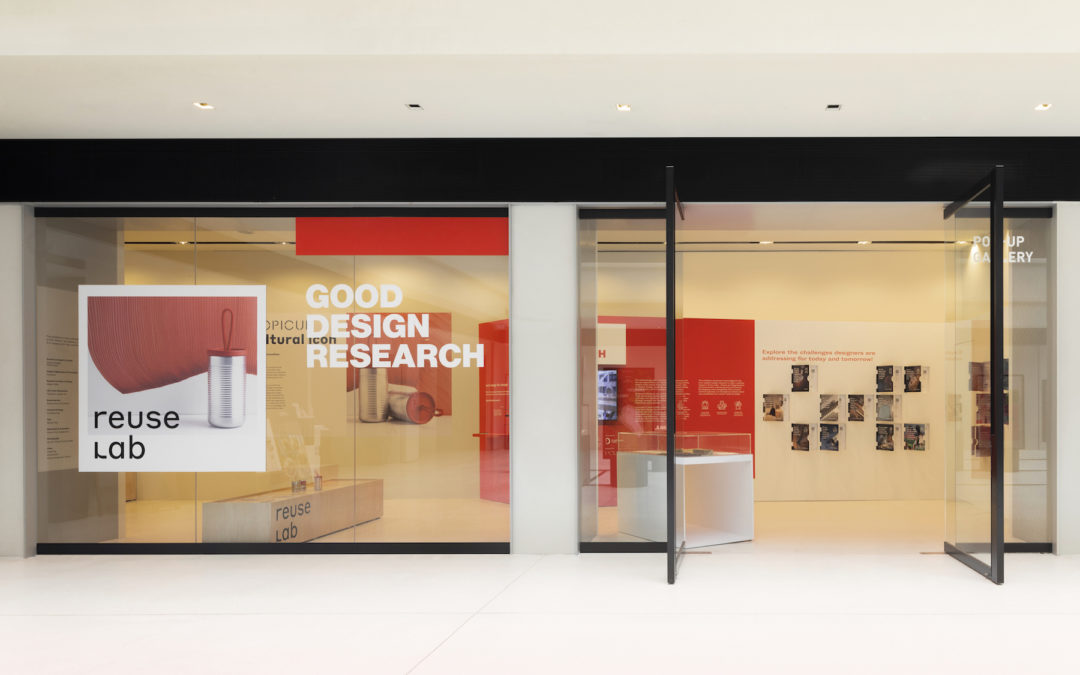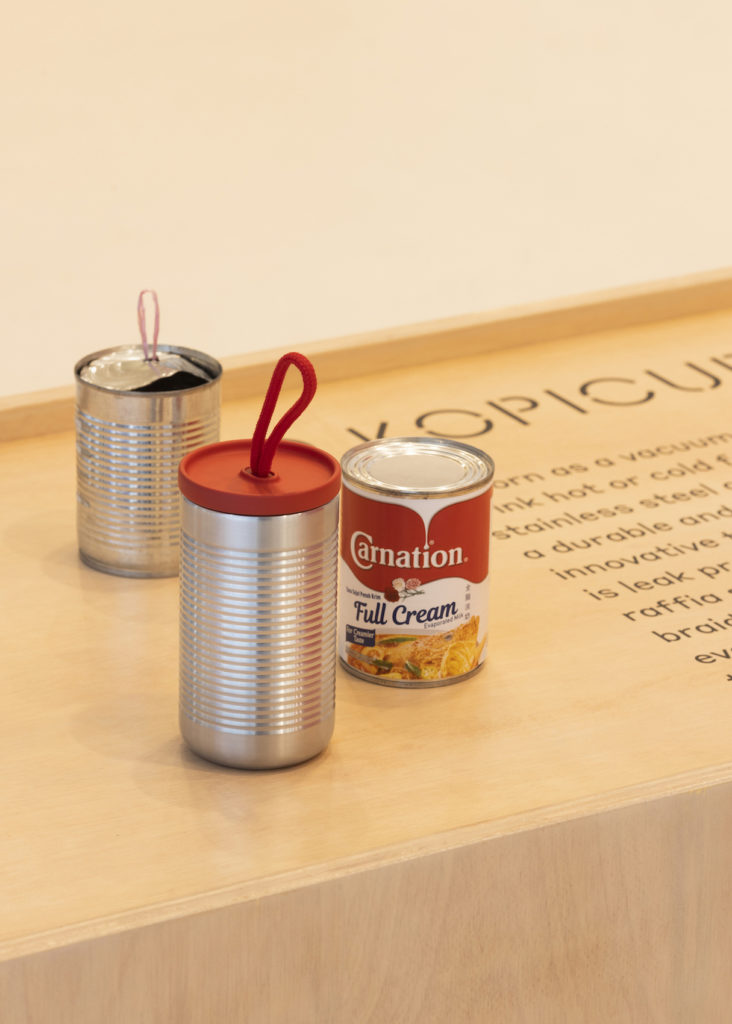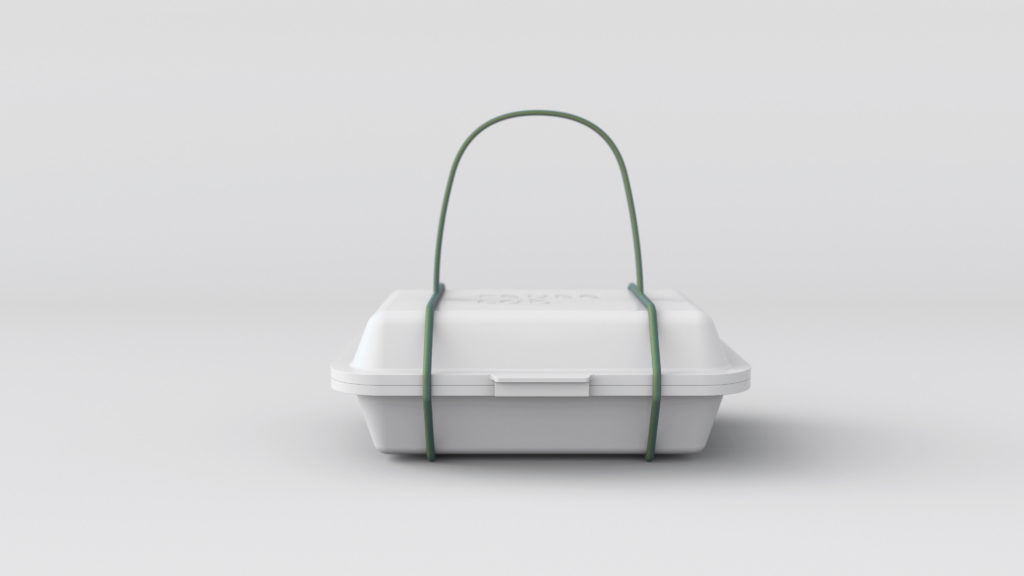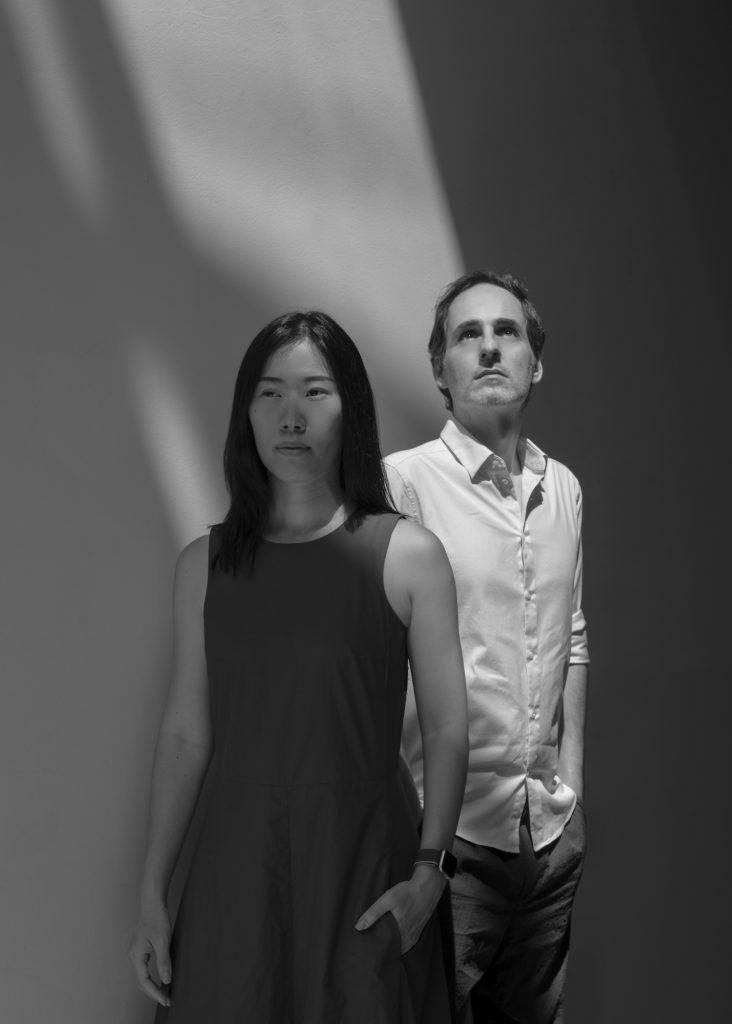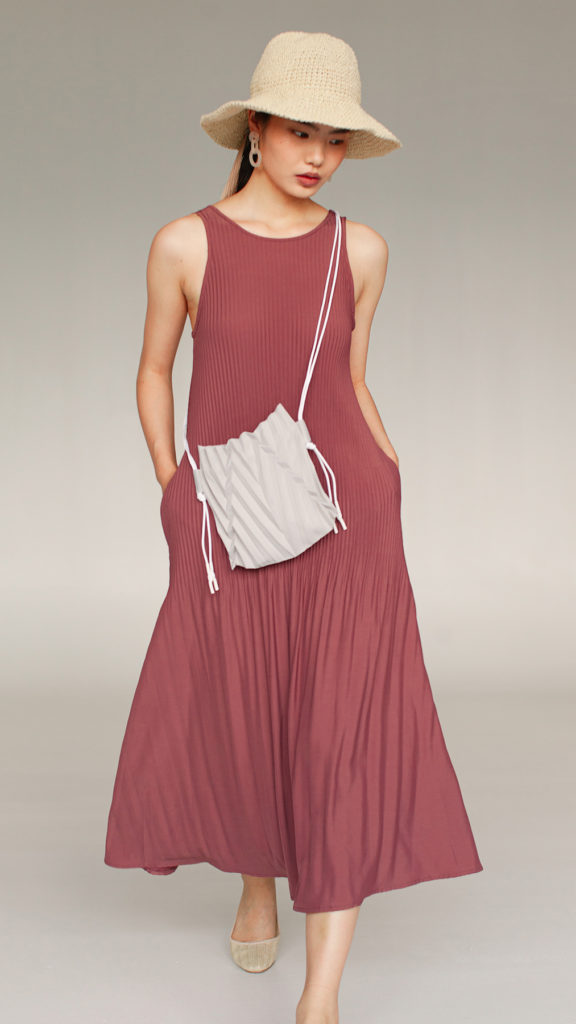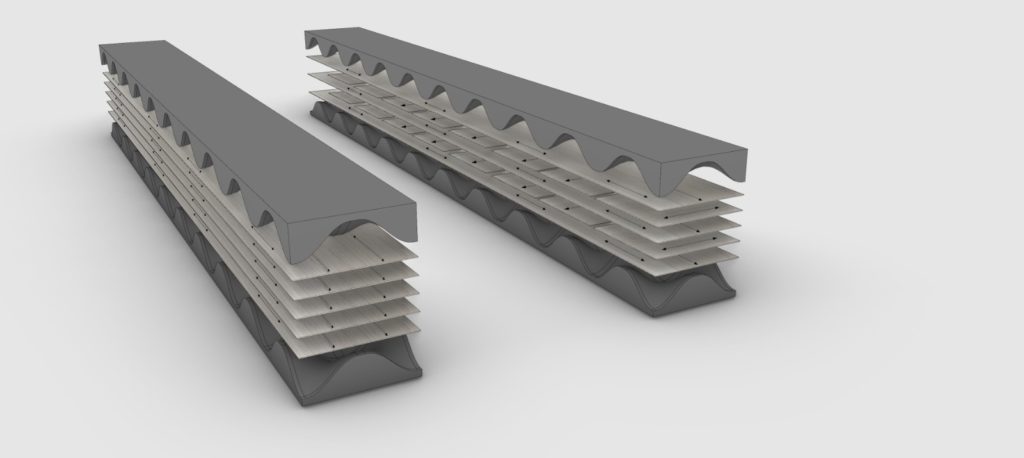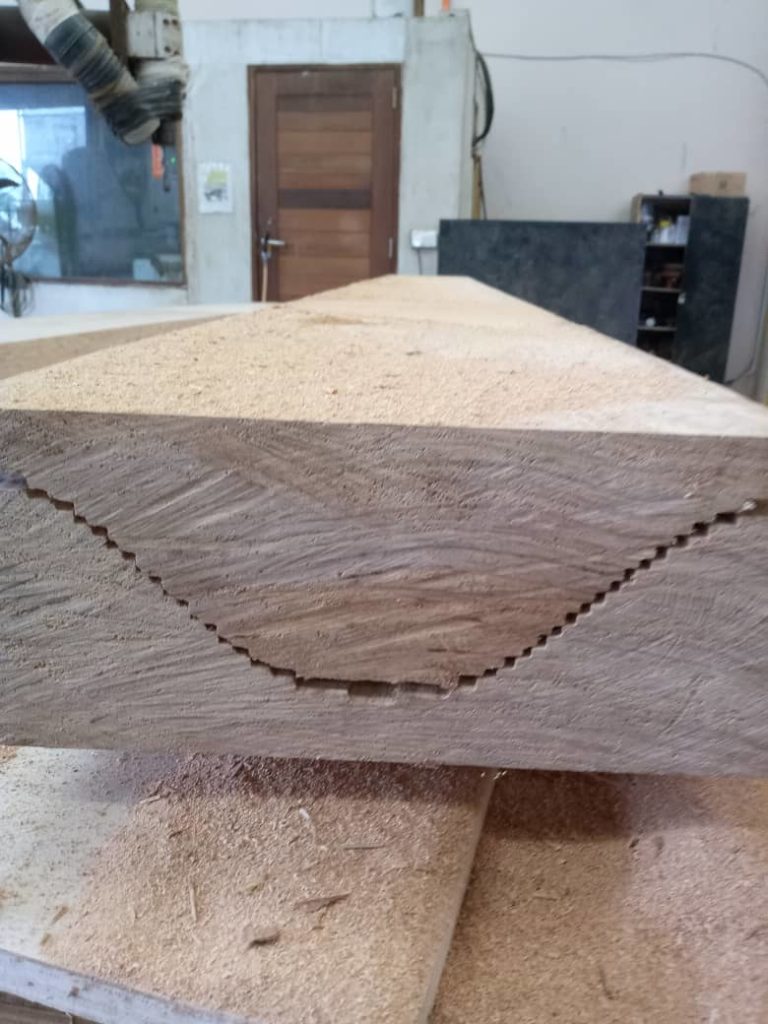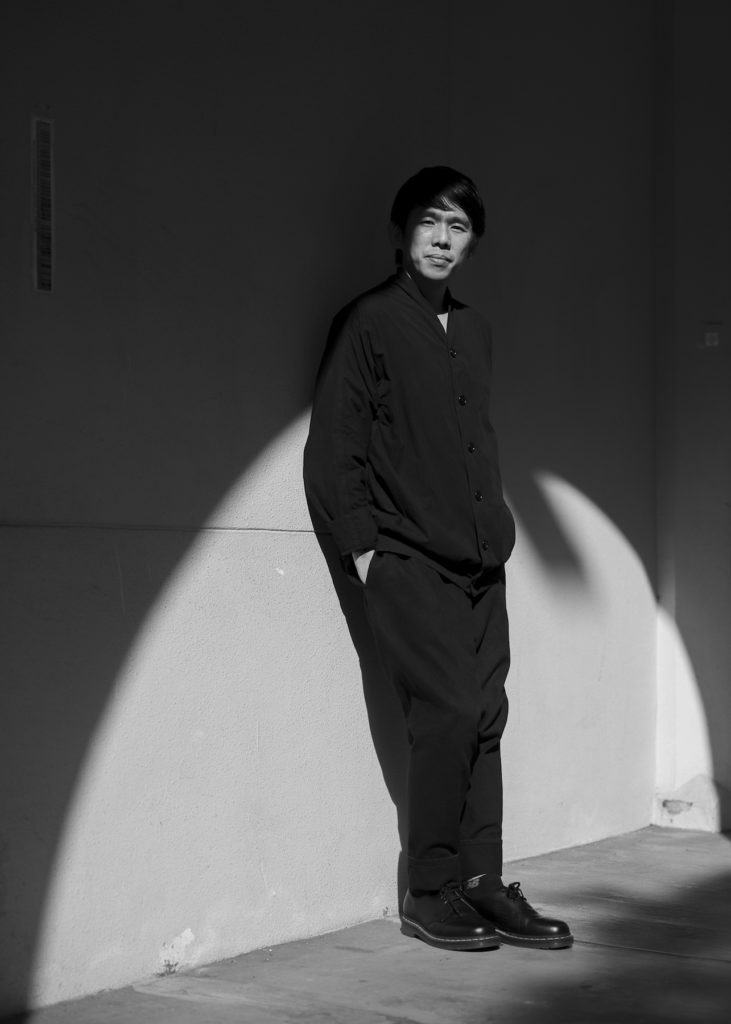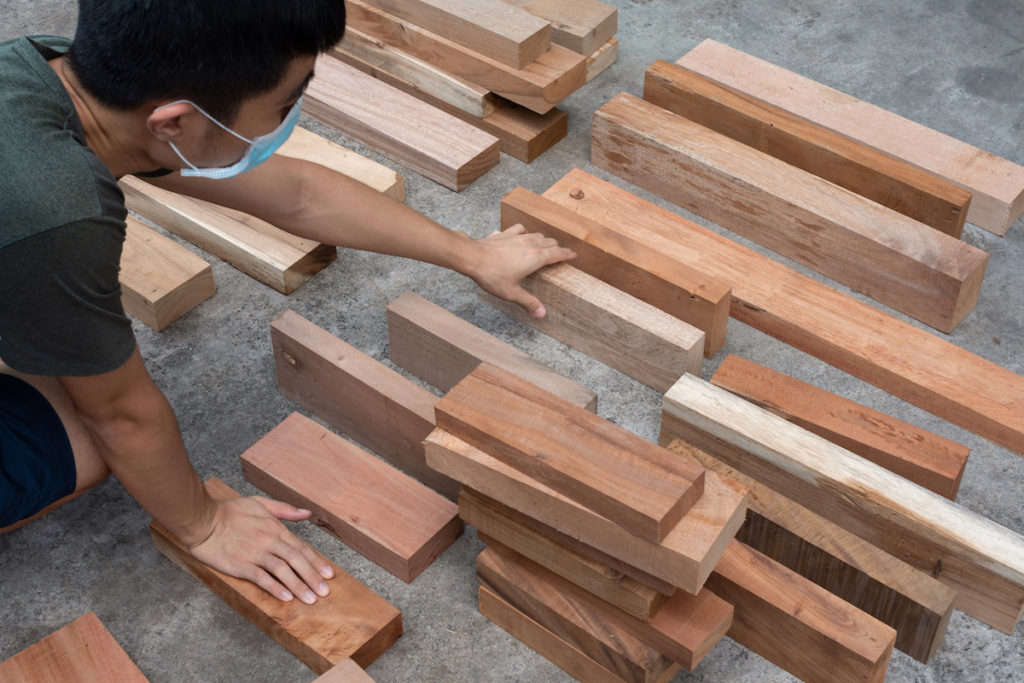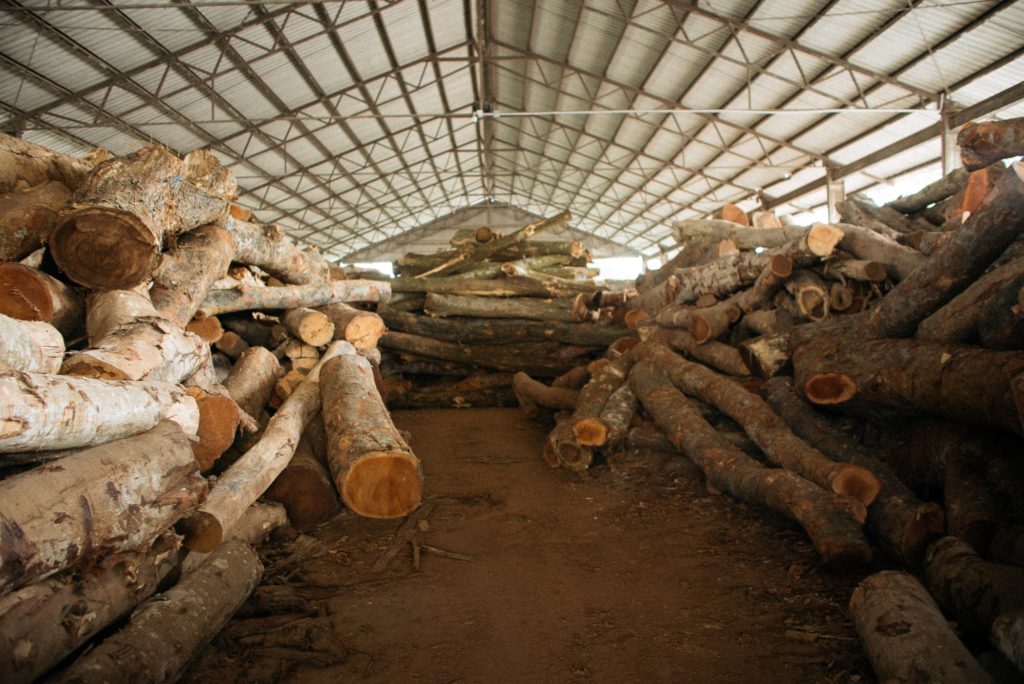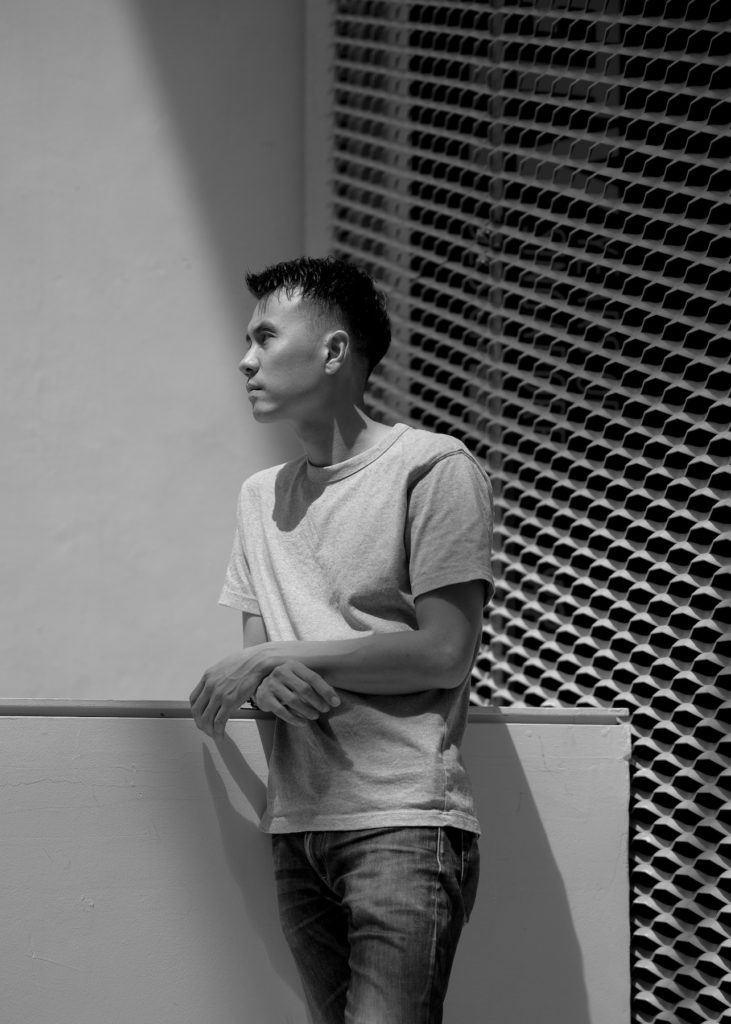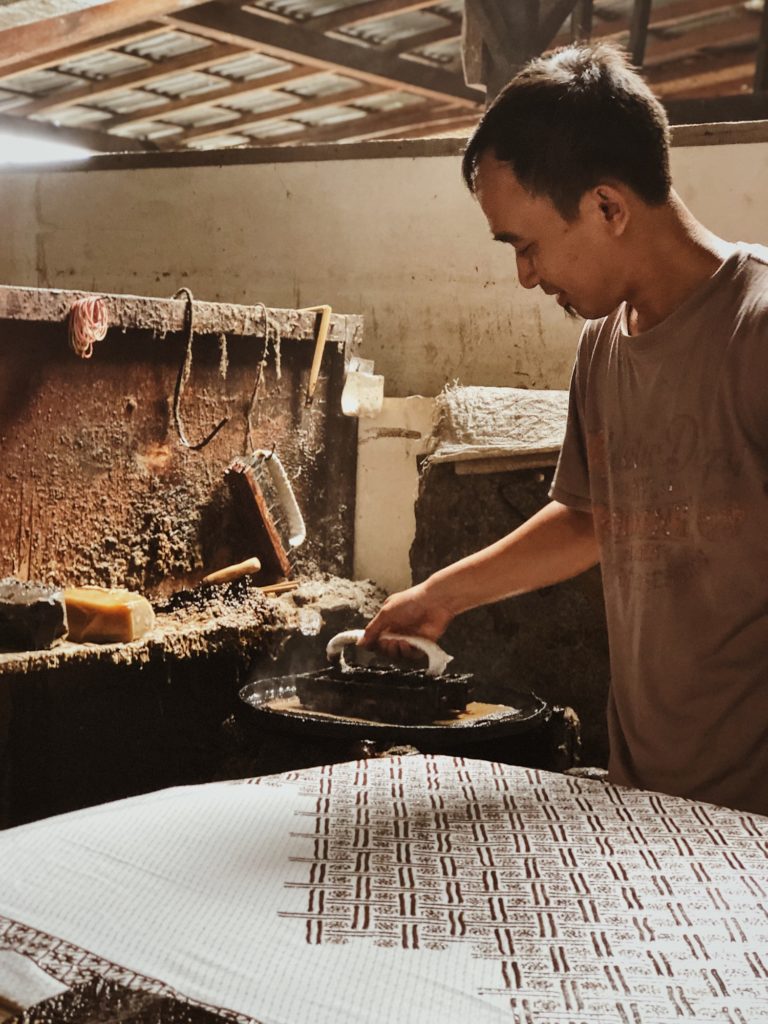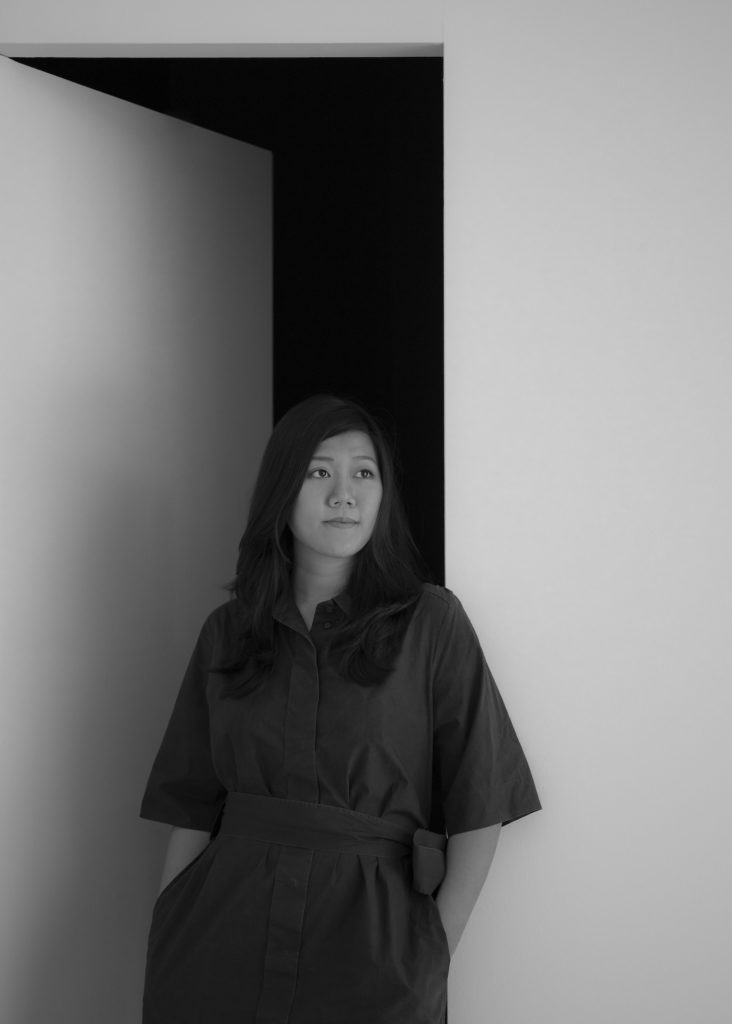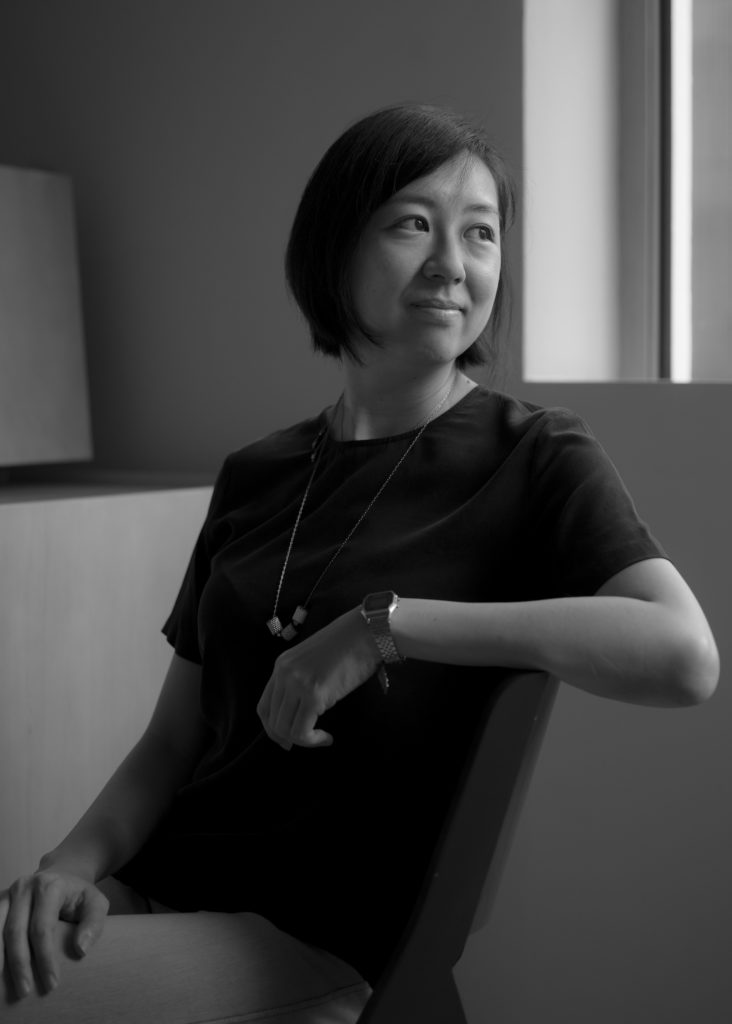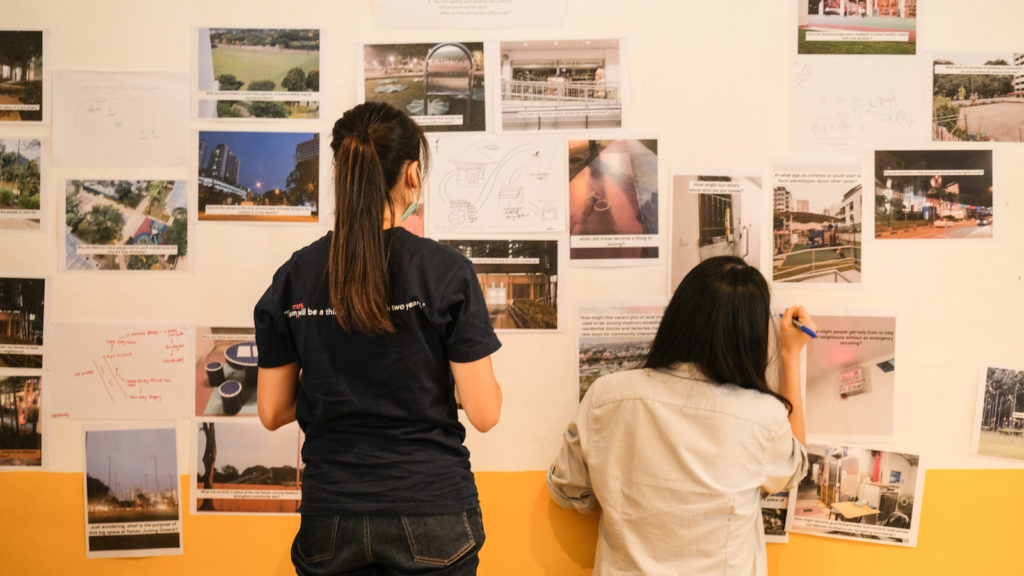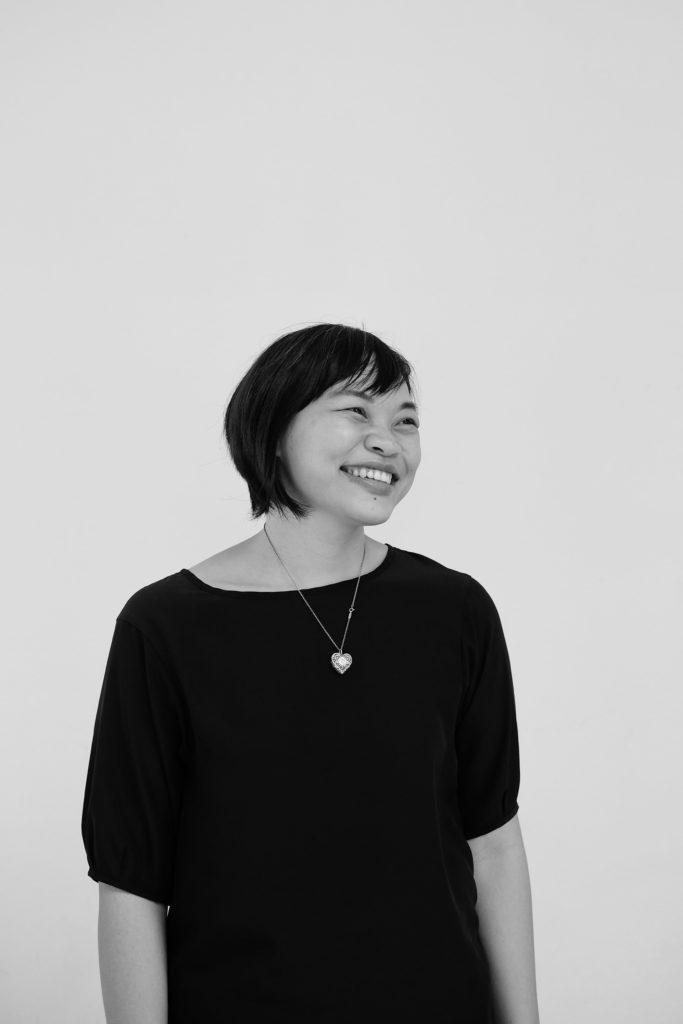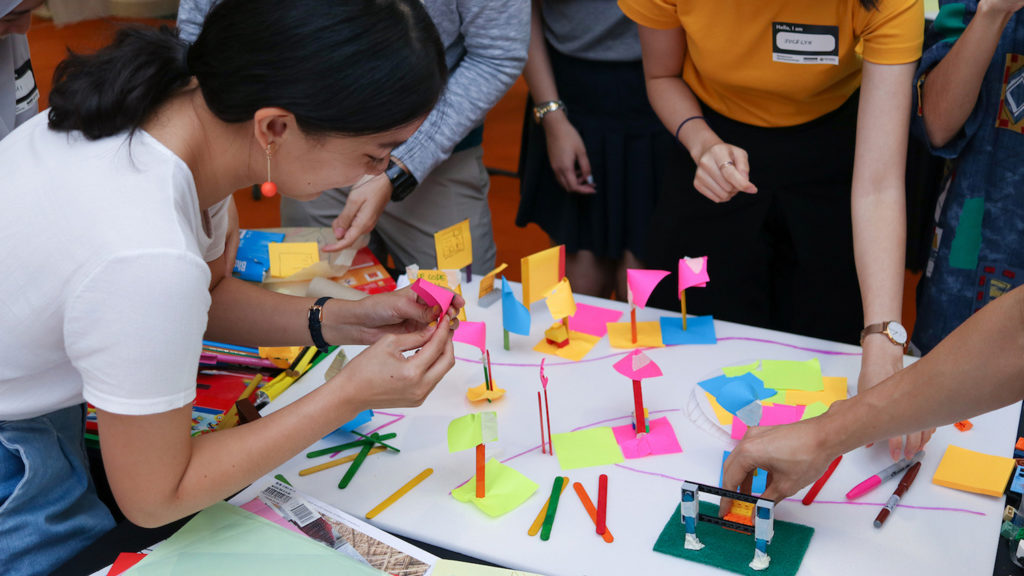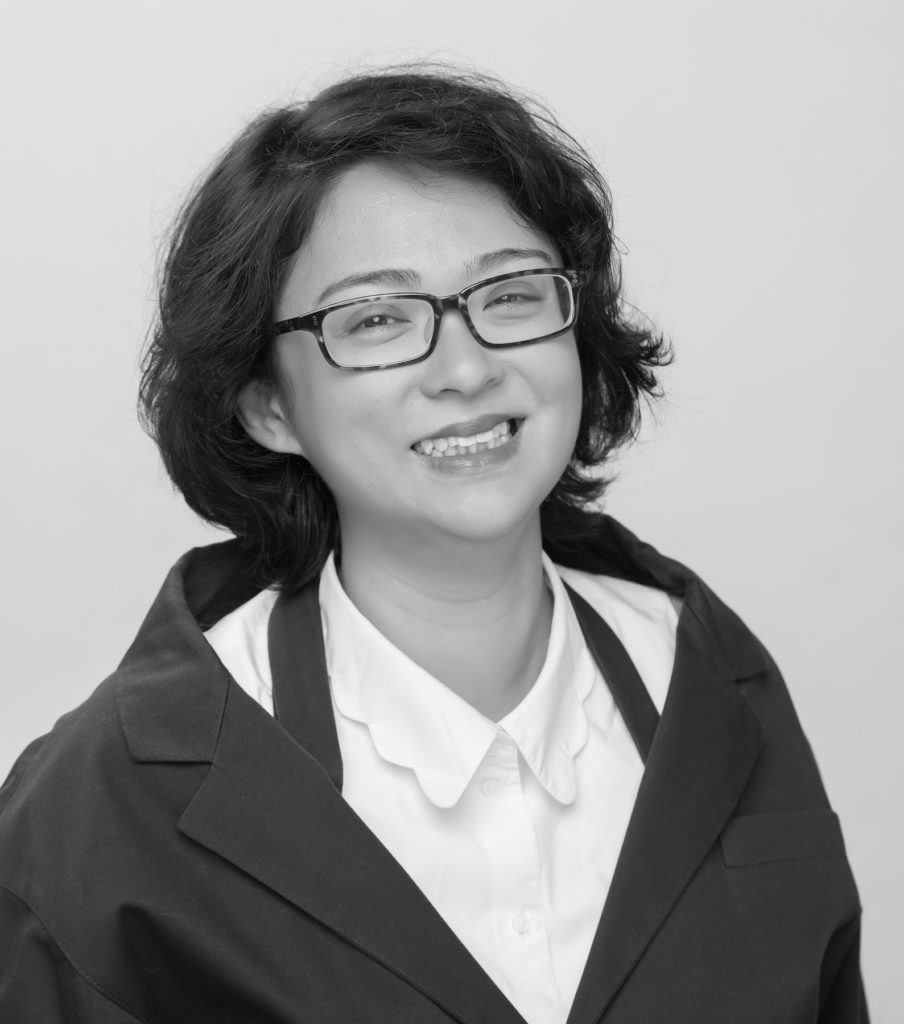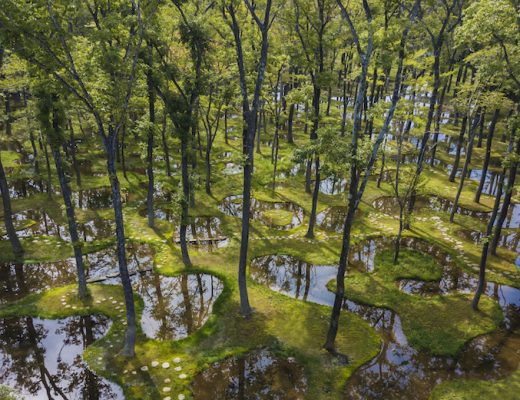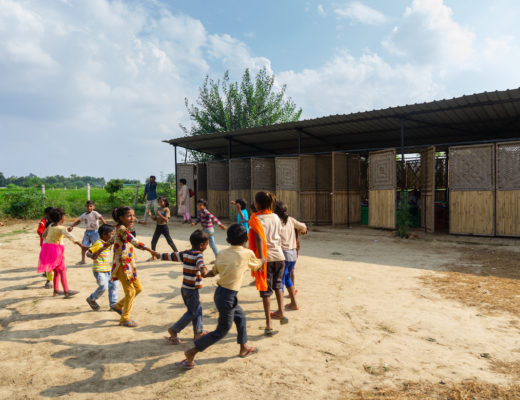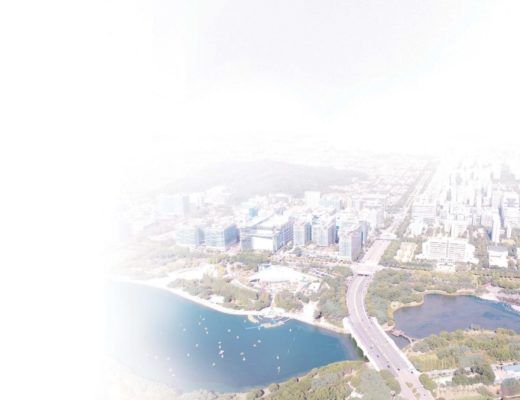Launched last month, National Design Centre presents a line-up of 17-projects by Singapore designers over 11 months via hybrid exhibition
Whether it’s the sheer amount of plastic generated by Singapore’s “dabao” (takeaway) culture, the state of felled Angsana trees and raintrees piling up in the sawmills of Sungei Kadut or the future of brick-and-mortar retail, design firms in Singapore have been exploring solutions to these issues and more as part of the Good Design Research (GDR) initiative, launched by DesignSingapore Council (Dsg) in 2020.
The initiative, aimed at deepening the role of research-based design in solving the challenges faced by societies and cities, provides homegrown designers with sponsorship, mentorship and industry support to empower them to design impactful solutions.
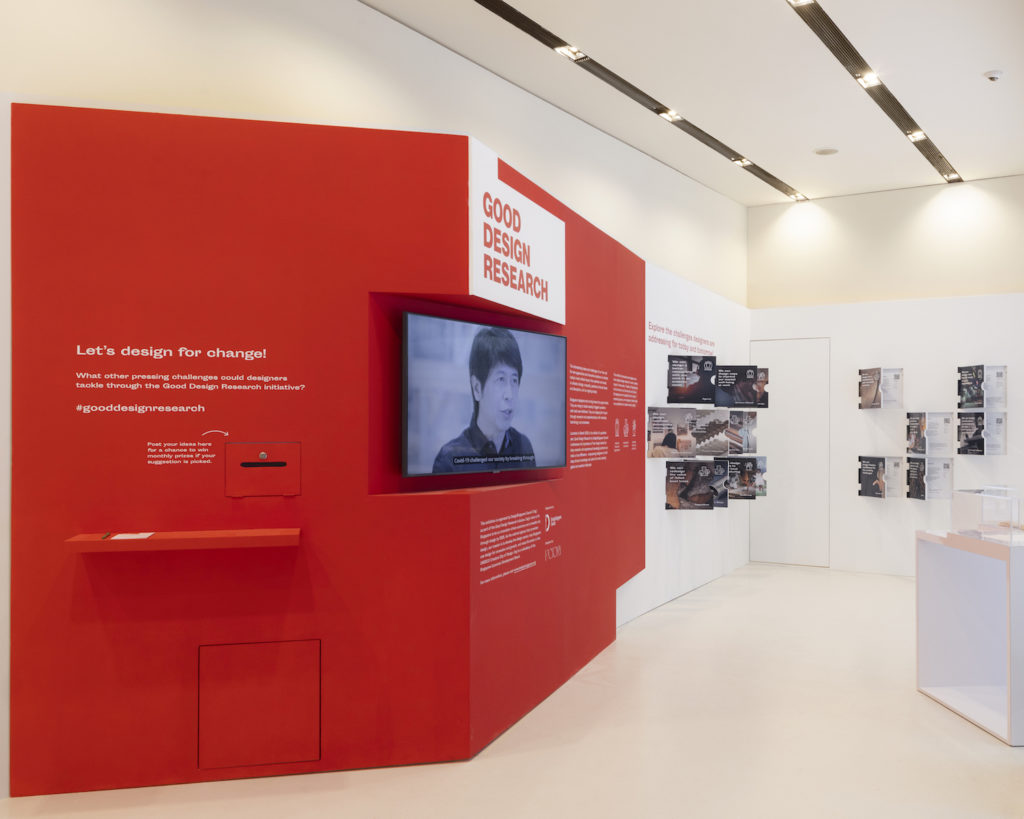
A total of 17 projects cutting across three impact areas – Environment; Communities and Culture; and People and Organisations – were selected and supported under GDR’s first two open calls. The designers will present their research findings, solutions and prototypes via an 11-month rotating physical showcase as well as a series of online workshops and webinars hosted by the National Design Centre.
“The projects under Good Design Research not only demonstrate great diversity, they understand the role and the potential for research to crystalise better, human-centred solutions for the many challenges we face today. In these VUCA (volatile, uncertain, complex, and ambiguous) times, there’s a greater urgency to design more thoughtfully for positive impact and reveal new possibilities for a better world by design.”
Mark Wee, Executive Director of Dsg
REDESIGNING “DABAO” CULTURE BY ELIMINATING SINGLE-USE PLASTIC – FOREST & WHALE
The GDR exhibition was kicked off with the opening showcase Reuse Lab by multidisciplinary design studio Forest & Whale. The project, spurred by the environmental damage caused by disposable food packaging, saw the design studio undertake a series of interviews with hawkers to create more sustainable, reusable and user-friendly takeaway options as an alternative to single-use plastic.
Reuse Lab has created three concepts for the exhibition: KopiCup (its local version of a reusable coffee cup) inspired by the iconic kopitiam milk tin; a Borrow and Return reusable container; and a Hybrid takeaway model comprising a compostable brown paper liner and a reusable container. In addition, podcasts and video interviews with food critic KF Seetoh, design and sustainability experts and hawkers will be shared as part of its exhibition.
“Reuse Lab is our way to ignite conversations on sustainable reusable models for hawker centres, where single-use plastic is widely used. Through the exhibition and our prototypes, we hope to discuss topics such as how we can nudge behaviours and redesign the relationship between hawkers and consumers from simply a transactional one back to something more relational. We believe bringing reusable models into hawker centres where most people eat daily can help to scale up the collective impact of using reusables instead of disposables,” says Gustavo Maggio, co-founder of Forest & Whale.

“Our goal is to find consensus and gather feedback on how reusable models can present an alternative solution to single use disposable packaging.”
Wendy Chua, co-founder, Forest & Whale
“Single use plastic waste is a global problem that we, in Singapore, can’t ignore. Even with our efficient waste management system, landfill space is running out, and there are other considerations like carbon emissions of incineration or waste collection that need to be discussed holistically.”
Gustavo Maggio, co-founder, Forest & Whale
DESIGNING AWAY OVER-PRODUCTION IN THE FASHION INDUSTRY – GIN LEE STUDIO
This will be followed by Make in Shop, by fashion label GINLEE Studio, that will explore the twin issues of over-production in fashion and the revitalisation of brick-and-mortar retail from Nov 15. The third pop-up will be helmed by design studio, Produce Workshop, and will showcase its new sustainable material for the construction industry.
“Locally designed and locally made are more sustainable, and by modernising craft we are able to localise the production.”
Tamir Niv, Gin Lee Studio
“We envision the future of Make in Shop as a series of concept stores spread around the city. Each concept store will host different smartly crafted products and have its own unique experience to come with it.”
Designer Gin Lee
The exhibition space will be updated monthly to present a line-up of GDR projects that delve into other issues such as assistive ageing; inclusive fashion for the mobility- challenged; reusing stone and wood offcuts from factories; and hybrid music performances for the neo-pandemic age. Online offerings of GDR projects will commence next year.
Here is a look at a few more innovative projects that are part of the GDR exhibition:
SUSTAINABLE TIMBER CONSTRUCTION – PRODUCE WORKSHOP
The use of reinforced concrete and structural steel in construction is time- consuming and generates a lot of material wastage and pollution. Mass Engineered Timber (MET) has a significantly smaller carbon footprint, but its cost and the need to import it into Singapore inhibit its use. Produce Workshop conceptualised a type of MET known as the Sandwiched Variable Eggcrate Structure (SVES) to reduce material used, shorten production lead time, and minimise labour time on site.
Sandwiched Variable Eggcrate Structure by Produce Workshop
“We believe timber is the future of construction. We need to develop the use of timber from around the region to be less reliant on shipping modules halfway around the globe.”
Pan Yi Cheng, Produce Workshop
NEW USES FOR UNWANTED STONE AND CERAMIC OFFCUTS – OFFCUT FACTORY
Material waste is a prevalent issue in the manufacturing industry, and the material offcuts that are produced during manufacturing processes are often discarded. Yet material by-products can grow into a circular industry if used efficiently. Offcut Factory by Esli Ee and Edmund Zhang fosters a spirit of sustainability by envisioning a model and community where factories and businesses can find alternative solutions to material waste management. Through the purposeful transformation of waste offcuts, we showcase the local manufacturing industry and revitalise it for the contemporary market.
“We strive towards an outcome where we can create more value to businesses, shed more light on the local manufacturing industry and more importantly, intervene at the source of the problem by reducing the waste that comes out of the industry.”
Esli Ee, co-founder, Offcut Factory
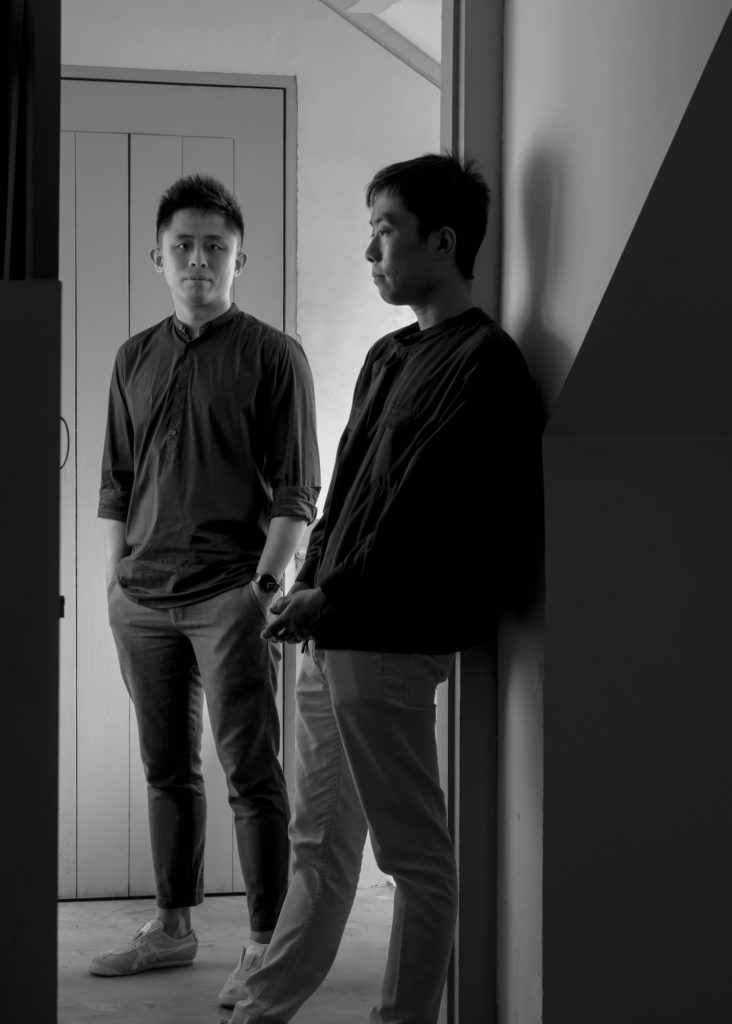
“We will be working to get more factories onboard and to scale the project further. As we grow our inventory of materials and firm up post processing methods, source materials will also be available for sale. We are open to collaborating with like-minded creatives who are keen to contribute to this project.”
Edmund Zhang, co-founder, Offcut Factory
REDESIGNING THE VALUE OF FELLED LOCAL TREES – ROGER&SONS
Although more than 13,000 trees will be felled in Singapore over the next 13 years, these logs will not be used due to the high cost of overcoming challenges such as warping. Roger&Sons sought to better understand local wood, so as to develop sustainable and eco-friendly processes to rehabilitate abandoned logs and stabilise the wood. It can then be turned into durable objects and furniture, giving new value to trees that have been felled for urban development.
“In Singapore, we are overly reliant on imported materials and resources. It is growing extremely easy to source materials overseas and thus our growing reliance on it. This has resulted in negligence towards our own natural resources. With this research and future researches, we would like to continue to explore working and upcycling local trees felled due to urban development. This will allow us and the woodworking industry to be a lot more sustainable to the environment.”
Morgan Yeo, Roger&Sons
DESIGNING FASHION CONFIDENCE FOR THE MOBILITY CHALLENGED – WERABLE
Existing forms of ready-to-wear often fail to meet our needs throughout the different phases of our lives. Werable tackles dressing challenges that arise from reduced dexterity and stiff limbs. The research is focused on finding unconventional ways to cut garments at the design stage, so that dressing can continue to be an exciting, empowering and dignified experience. Werable addresses not only the physical challenges that often come with our personal longevity but also the longevity of our clothing. It shows that relevance and ongoing functionality can be addressed at the genesis of a product.
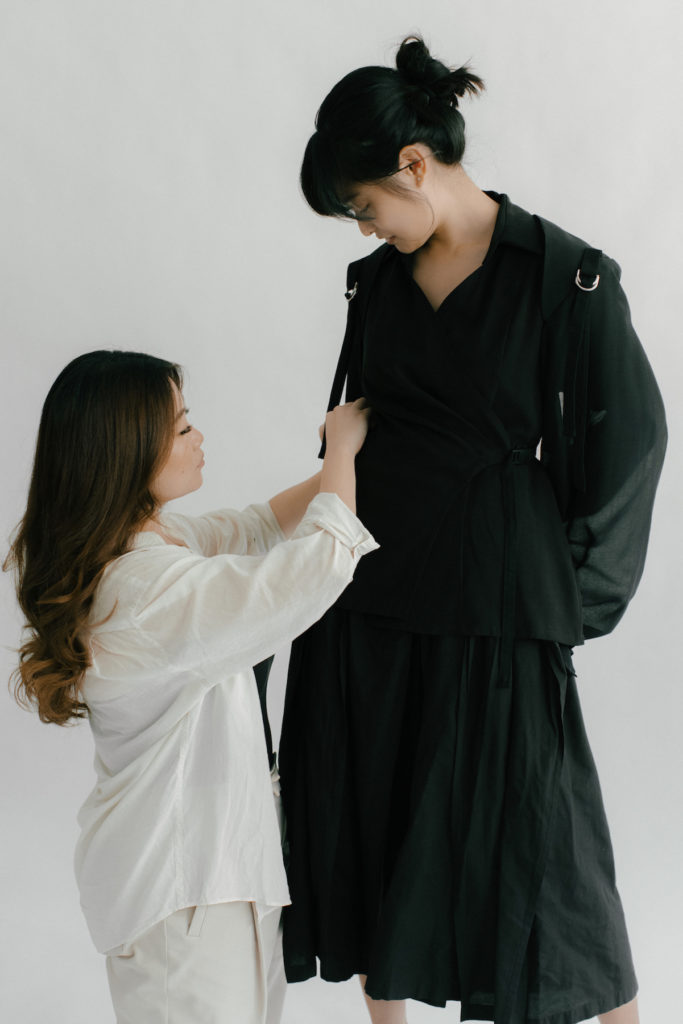
“My vision for Werable is that it’ll establish its footing as the go-to for easy-to-wear fashion, beyond the adaptive market. I hope that our subject matter expertise can be of value to healthcare practitioners and their stakeholders.”
Claudia Poh, designer
PALCRAFT: DESIGNING APPAREL USING THE REGION’S CRAFTS AND AGRICULTURAL BY-PRODUCTS – NOST
Traditional artisanal crafts are on a steady decline as artisans are unable to compete with commercial mass production. This project uses artisan-printed and woven yarns and fabrics derived from pineapple leaf fibres – an agricultural by-product found abundantly in Southeast Asia – in lightweight apparel and textiles. By ensuring a reliable source of sustainable fabric for artisans, and developing modern architectural prints made using heritage textile methods, the project seeks to combine innovation with heritage.
“We’re excited to preserve artisanal heritage and reduce agricultural waste through this novel fabric made from pineapple leaves, and believe that this story will find alignment with many brands similarly interested in sustainability.”
Felicia Toh, designer and founder, NOST
DESIGNING MORE EMPOWERMENT FOR SENIORS IN THEIR DAILY LIVES – STUCK DESIGN
By 2030, one in four Singaporeans will be aged 65 and over, and not all seniors will have strong family support. Design for ageing tends to be approached from an outsider point of view. This project aims to uncover a seniors-led approach to enjoyable ageing, looking beyond the current prioritisation of safety and efficiency in care toward the provision of both physical and emotional support structures. In reframing the idea of ‘helping the elderly’ to ‘supporting the elderly to get the help they want’, STUCK changes the way design can intervene through fittings and furniture.
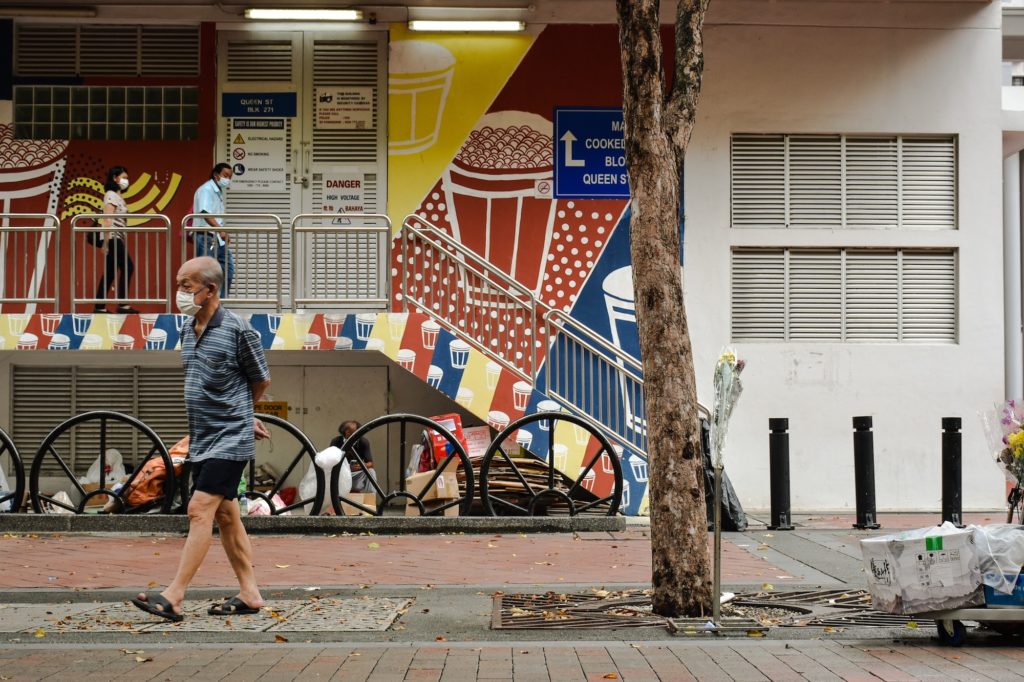
“We believe assisted living or some form of community-based living will play a critical role in tackling important ageing issues such as social isolation and we hope to contribute to this conversation through design.”
Yong Jieyu, founder, STUCK Design
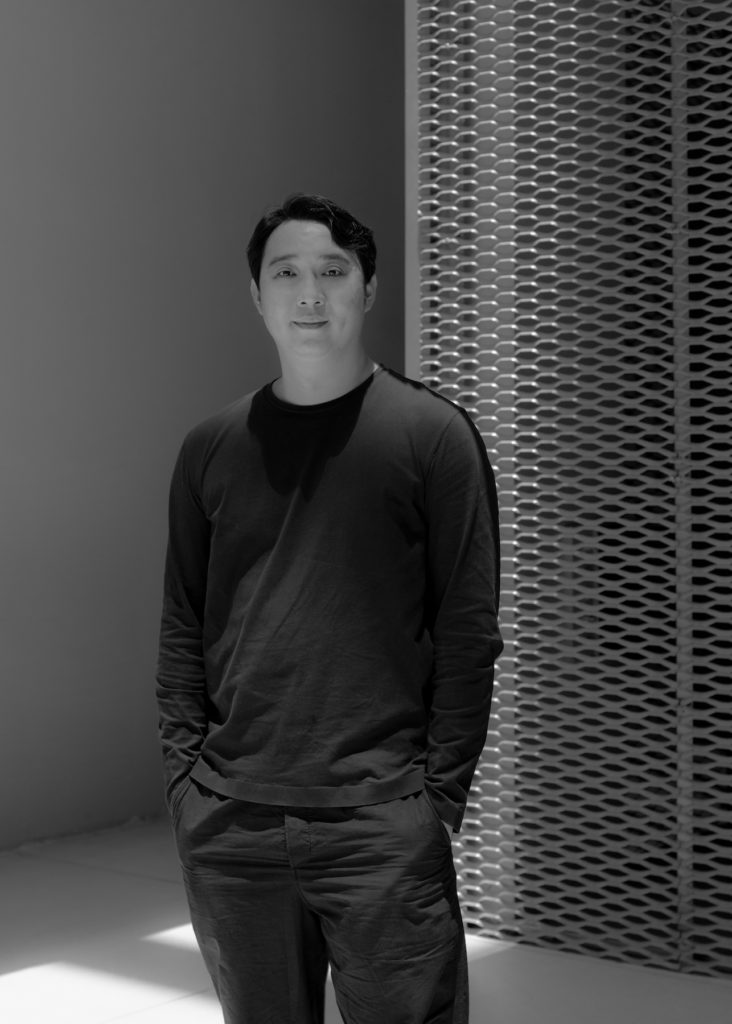
DESIGNING PRODUCTS TO SUPPORT LOCAL MANUFACTURING – STUDIO JUJU
The design and manufacturing of products contribute to shaping a country’s culture and identity in tangible ways. In recent decades, much of Singapore’s product manufacturing has been outsourced to lower-cost manufacturing overseas. Inspired by our local production capabilities and contemporary times, Studio Juju aims to establish a collection of products designed and made in Singapore, as a creative movement that strives to find an emerging Singapore design identity.
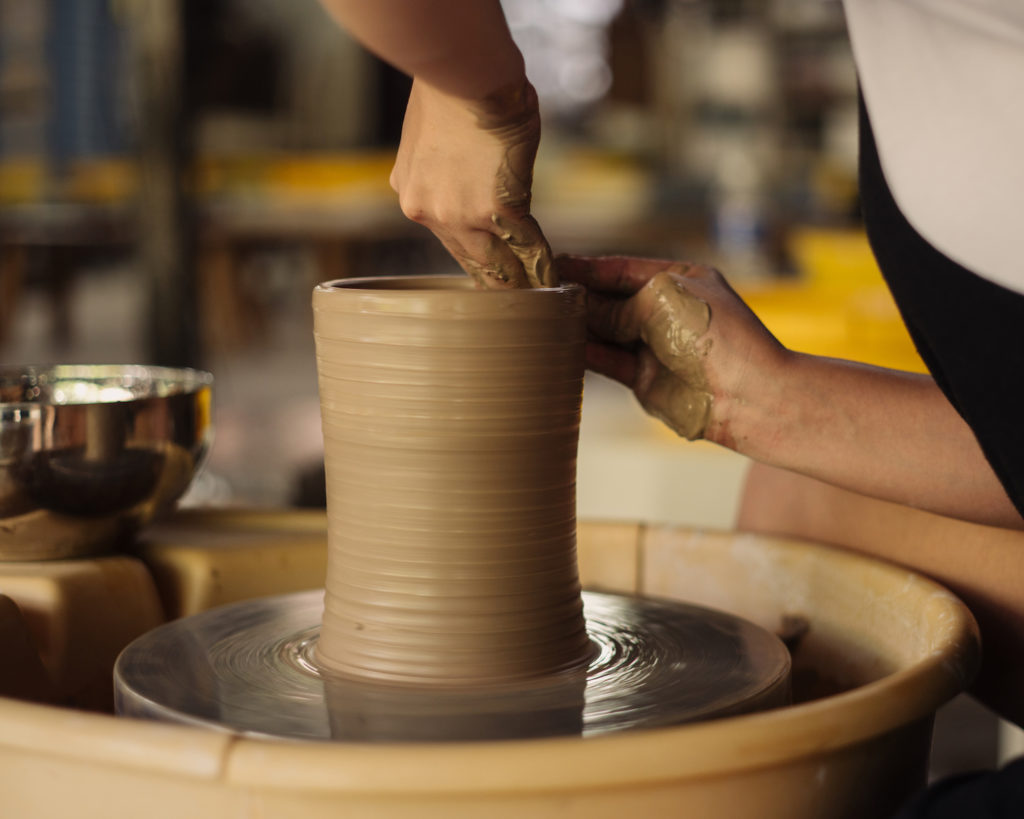
“We want to pursue production with local makers and close the loop of research-design-make-sell – to make more and design more. We also want to highlight this importance to us all, to understand how design and made in Singapore are important, both for designers and buyers.”
Priscilla Lui, co-founder, Studio Juju
“We hope to research and discover the opportunities of being locally made, and to showcase that Singapore’s production capabilities and design go hand in hand.”
Timo Wong, co-founder, Studio Juju
DESIGNING WAYS TO IMPROVE OUR MENTAL WELL-BEING AT WORK – COMMON GROUND
The World Health Organisation estimates that countries lose nearly US$1 trillion per year in productivity to mental health issues, but organisations are unsure how to provide better support. This project aims to build impactful and preventative upstream initiatives for enhancing mental well-being beyond the medical and/or therapeutic approaches.
Common Ground partnered with Studio Dojo, designers, mental health professionals and organisations, leveraging their human-centred lens and professional skills to redesign mental wellbeing initiatives and find creative ways of mobilising workplace communities.
“We hope this project will not only improve our quality of life, but also allow Singapore to have a stronger voice in the global mental well-being conversation.”
Khee Shihui, Common Groun
DESIGNING CONSTRUCTIVE CONVERSATIONS FOR THE WELL-BEING OF ORGANISATIONS – COMMON GROUND
Organisations are linguistic constructs. As they grow, their people will face challenges that need to be discussed well to avoid destabilisation. How can we help organisations design constructive conversations that build truly worthy outcomes? This project studied why organisational conversations are complex, and developed useful core practices for change management. The resulting field-guide equips leaders to diagnose their situations and design constructive conversations for better outcomes.
“I want to see more people have better conversations that support their ability to live more meaningful personal, professional, organisational and civic lives.”
Kuik Shiao-Yin, Common Ground
DESIGNING GROUND-UP EMPOWERMENT FOR YOUTH TO BE CITY-MAKERS – SHOPHOUSE & CO
Urban planning and design in Singapore have evolved to include ground- up and community-led approaches. This project looks at the growing movement of active youth citizenry and connects young people so they may catalyse and design innovative solutions for their city. By identifying gaps and opportunities in the current city-making system, this project hopes to move youths from ideating to implementing change in their city, and develop a ground-up network of young city-makers.
“We believe that young people have the fire and desire to solve problems. We want to help them discover and exercise their agency to turn their passion into meaningful actions and start different projects in the city.”
Stella Gwee, founder, Shophouse & Co
DESIGNING SAFE PLAYGROUNDS TO NURTURE CREATIVITY, EMPATHY AND MEANING – ART-ZOO
The digital age and the pandemic conditions have both influenced how families and communities interact, grow and learn through play. By reimagining learning and playing, this project encourages children to discover their natural curiosity. Art-Zoo believes the playground of the future will be rooted in experience, education and storytelling to help families discover their ‘superpowers’ for making change. The project studies the design experience of Art-Zoo’s playgrounds and touchpoints, and establishes an educational framework that promotes creativity and empathy while creating the foundation for meaningful storytelling.
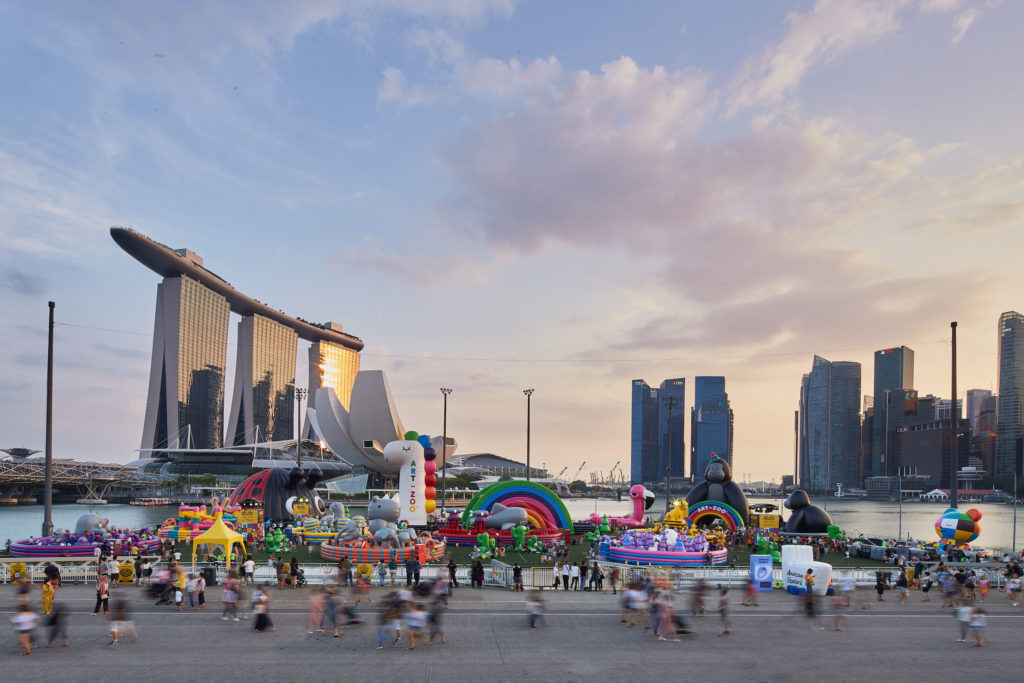
“We see play as an important tool to inspire the creators of a brighter world, and to empower the future generation to solve the challenges of the 21st century.”
Jackson Tan, founder, Art-Zoo
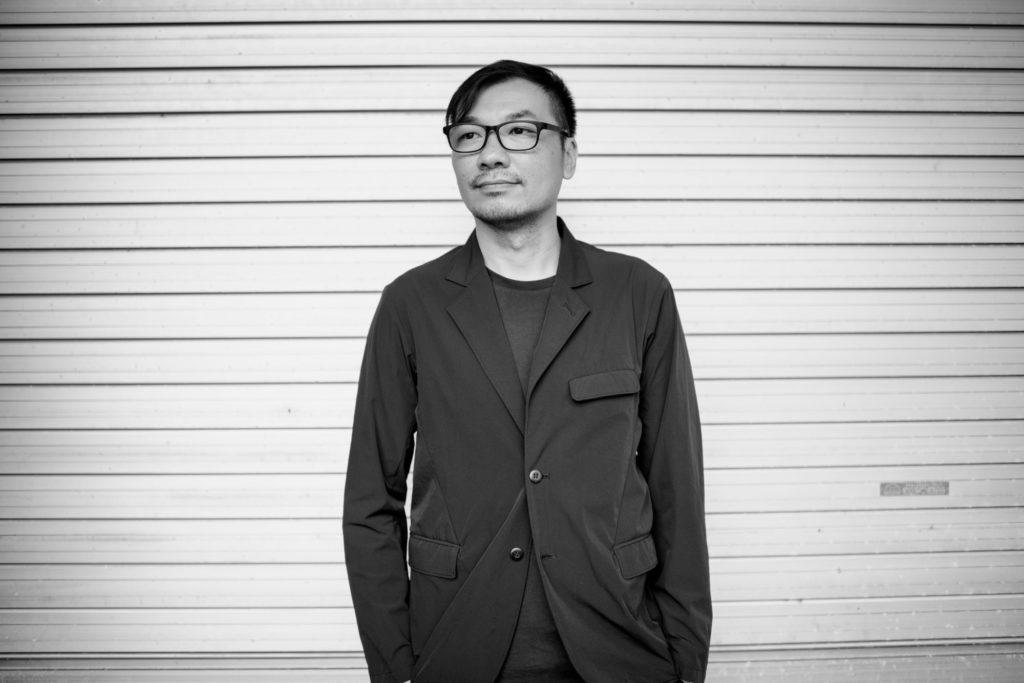
You might also like:
Exhibition at Singapore’s National Design Centre highlights the emotive influence of F&B packaging

